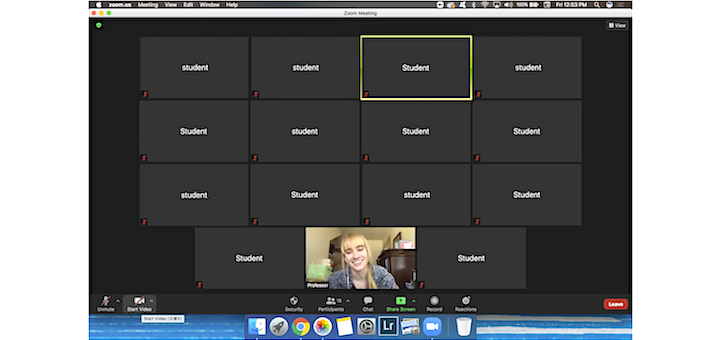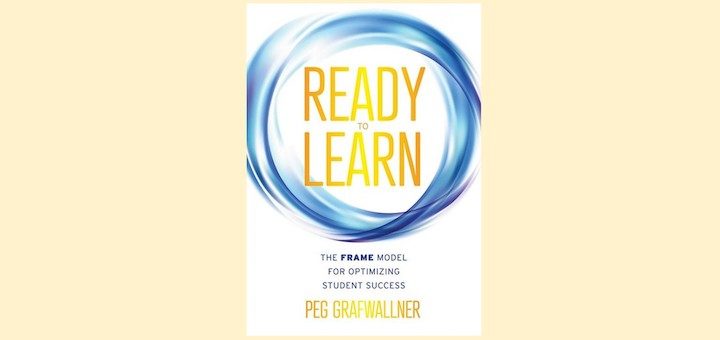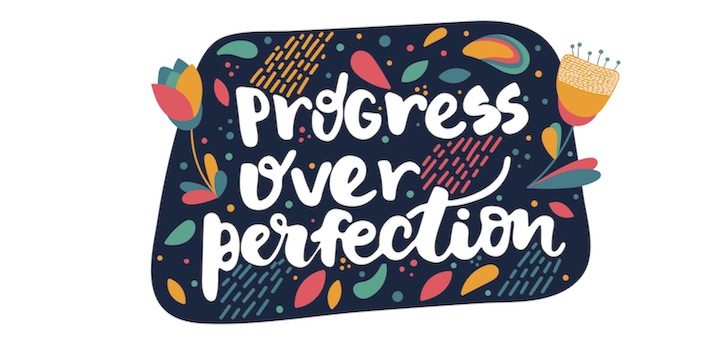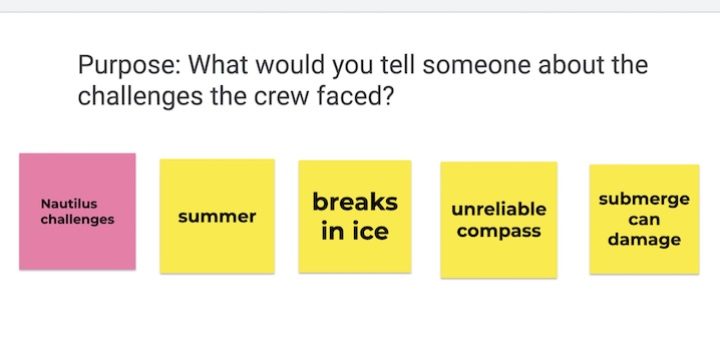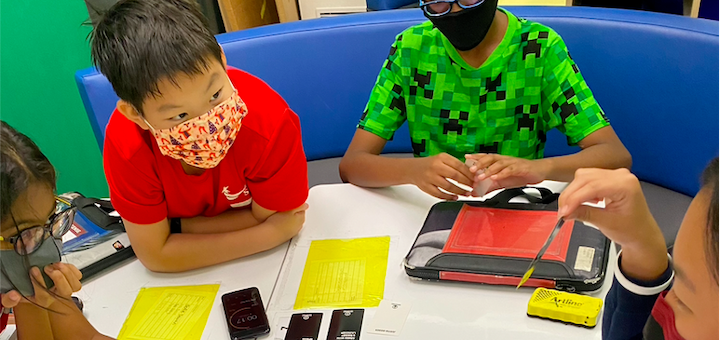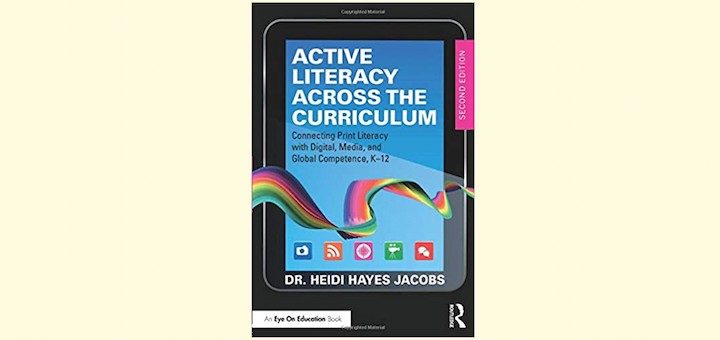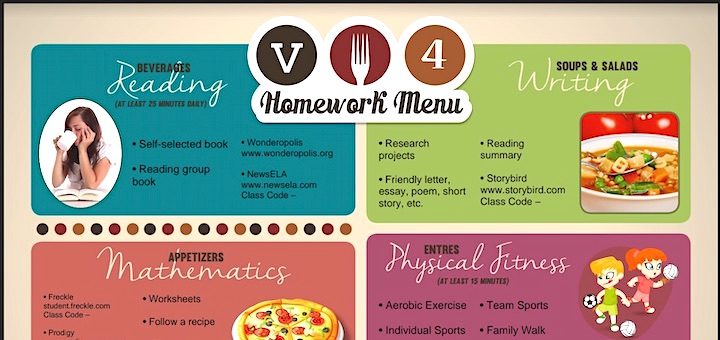Teaching and learning in grades 4-8
After a year of teaching to blank Zoom squares, Lauren Brown reflects on pre-pandemic days and the rich, face-to-face experiences she always had with kids. Will her profound sense of loss change in May, with all her students back in physical class? Will school feel like spring? September?
Peg Grafwallner’s Ready to Learn is packed with ah-ha moments and resources to help any teacher up their game using FRAME: Focus, Reach, Ask, Model, and Encourage. Rita Platt feels the common sense approach to framing lessons will build student buy-in and deepen learning.
Reflective and restorative practices are not new, writes middle school administrator Sara Johnson, but the pandemic has created an even greater need to view discipline as a tool to guide and support the social-emotional learning of tweens and teens. Here’s how Sara does it.
When students try to write a short response to a fact-filled passage they’ve read, some will likely lose their grounding. How do we help them leap the gap between reading and writing? Alicia Genchi and Sunday Cummins share an essential scaffold for building the bridge.
What if a STEM project became a product kids make for actual use? Anne Jolly shows how industry’s Product Design Process (PDP) expands upon the familiar engineering design popular in STEM classes, giving students new skills as they move from prototypes to the marketplace.
When the goal of argumentation is to learn from each other, the task becomes less competitive and more enriching. SS/ELA teacher Megan Kelly uses games to help students build socratic skills as they consider perspectives, identify their audiences, and argue with insight.
In Active Literacy Across the Curriculum Heidi Hayes Jacobs focuses on the crucial function of literacy in all learning regardless of age or content area. 7th grade teacher Theresa Wood says Jacobs knows what works and shows how to move forward without losing what we value.
Alex Valencic began his career sending work home with his students without much thought. Over the years he came to question the need for homework at all – until parents rebelled. Then he invented the Homework Menu. And embraced the D.E.L.I.B.E.R.A.T.E ideas of Erik Youngman.
When it comes to learning preferences, NBCT Elizabeth Stein recommends finding a flexible balance. Encourage students to let teachers know how they feel they can best learn in a given situation, while also challenging them to strengthen their ability to learn in other ways.
Teacher Gillian Mertens and her colleagues recommend educators do more than help students debunk social media misinformation they find. Instead, the goal is for students to recognize why the information was believed by so many people, thereby developing greater resistance for themselves.

